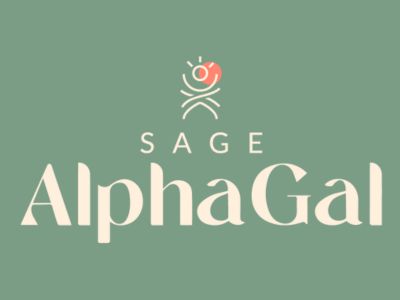
Are you looking for a way to enjoy your favorite noodle dishes while getting more veggies in your diet? When you turn vegetables into veggie noodles, the possibilities for tasty and healthy meals are endless.
The information provided on this site is based on my personal experience living with alpha-gal syndrome. I consistently cite and link to expert sources, but nothing published on this site should be perceived as medical advice.
Alpha-gal sensitivities vary by person. You should understand your dietary restrictions, making any adjustments needed, and directing any questions to your physician.
Noodles are a staple of many cuisines, from Italian pasta to Asian noodles like Japanese ramen. Veggie noodles are a great alternative if you are looking for a healthier and lower-carb option.
Not only are they packed with nutrients and fiber, but they also add color, flavor, and texture to your dishes.
To help offset the costs of running SageAlphaGal.com, you’ll find affiliate links lightly sprinkled throughout the site. If you choose to make a purchase via one of these links, there’s no additional cost to you, but I’ll earn a teeny tiny commission. You can read all of the legal blah blah blah (as my little niece says) on the full disclosure page.
In This Article
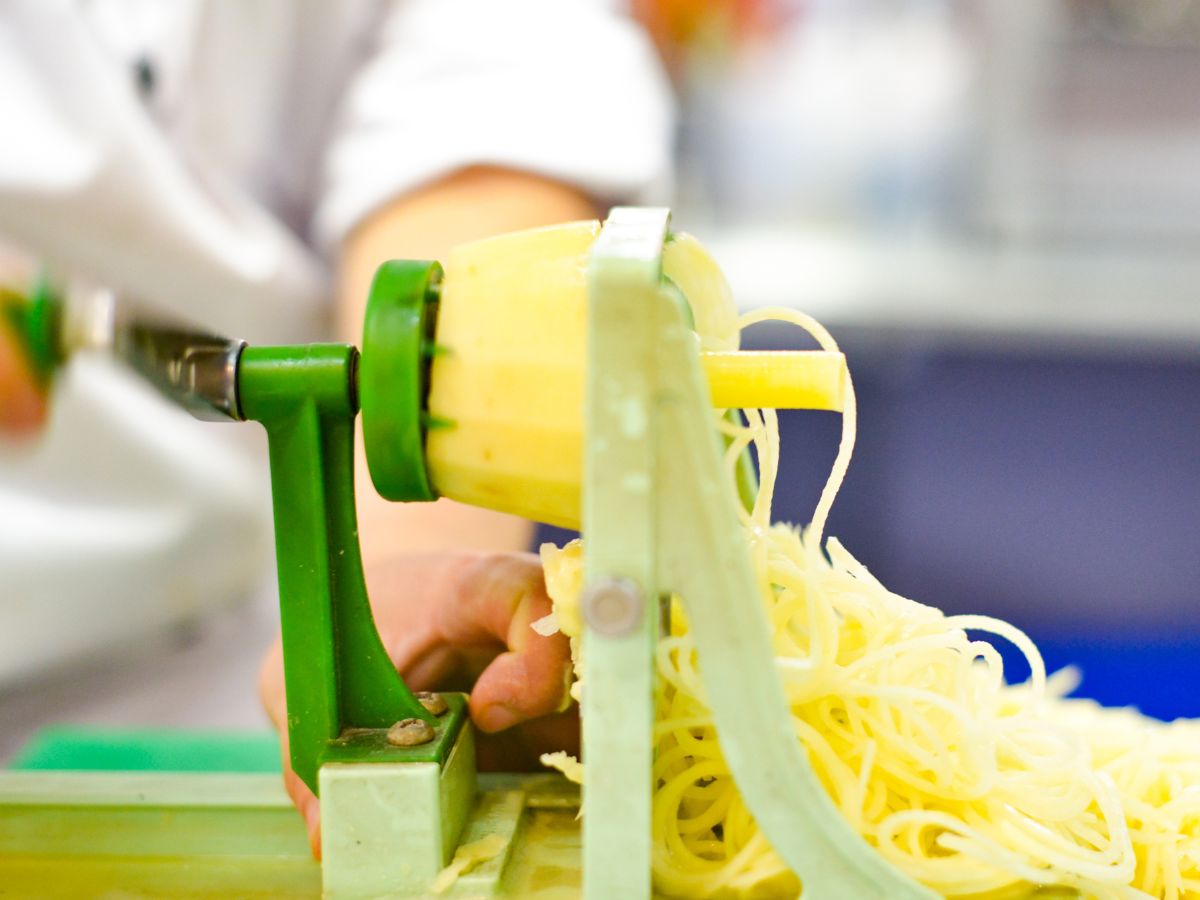
How to Make Veggie Noodles
Making veggie noodles is a culinary adventure that’s as easy as 1-2-3. Here’s how it’s done:
- Choose Your Veggie: Pick a firm, fresh vegetable. Zucchini is the classic go-to, but you can get creative with carrots, sweet potatoes, and many other vegetables. (Spoiler Alert: There is a long list of options later in this article.)
- Prep and Spiralize: Wash and peel (if necessary) your chosen vegetable. Attach it to your vegetable spiralizer, julienne peeler, or whatever gadget you’ve got, and start turning. Voila! You’ve got veggie noodles.
- Cook or Don’t Cook: Some veggie noodles are great raw, while others benefit from a quick sauté or boil. It’s your choice!
Want Alpha-Gal Safe Recipes and More?
Sign up for the weekly newsletter!
Thank You for Subscribing!

Gadgets for Making Veggie Noodles
There are several gadgets for making vegetable noodles. Some of the most popular include:
- Spiralizer: A spiralizer is a device that creates long, thin noodles from vegetables. It has different blades that can make different shapes and sizes of noodles.
- Julienne Peeler: A julienne peeler is a handheld tool to create thin, uniform strips of vegetables. It works similarly to a regular vegetable peeler but has a serrated edge that cuts the vegetables into thin strips.
- Mandoline Slicer: A mandoline slicer is a kitchen tool that allows you to slice vegetables into thin, uniform strips or slices. It has an adjustable blade for different thicknesses, depending on the type of noodles you want to make.
- Spiral Vegetable Cutter: To use this appliance, simply insert the vegetable into the spiralizer and turn to crank out the noodles.
- Regular vegetable peeler: This common household gadget can be used to make wider slices of veggies if no other device is available.
Each gadget has advantages and disadvantages, and the best one for you depends on your preferences and needs.
Sage Advice: Make sure you choose firm and relatively straight vegetables, as they will be easier to spiralize.
Types of Vegetables to Make Veggie Noodles
From classic zucchini noodles to unconventional options like carrot and parsnip noodles, here are some of the vegetables you can use to get started:
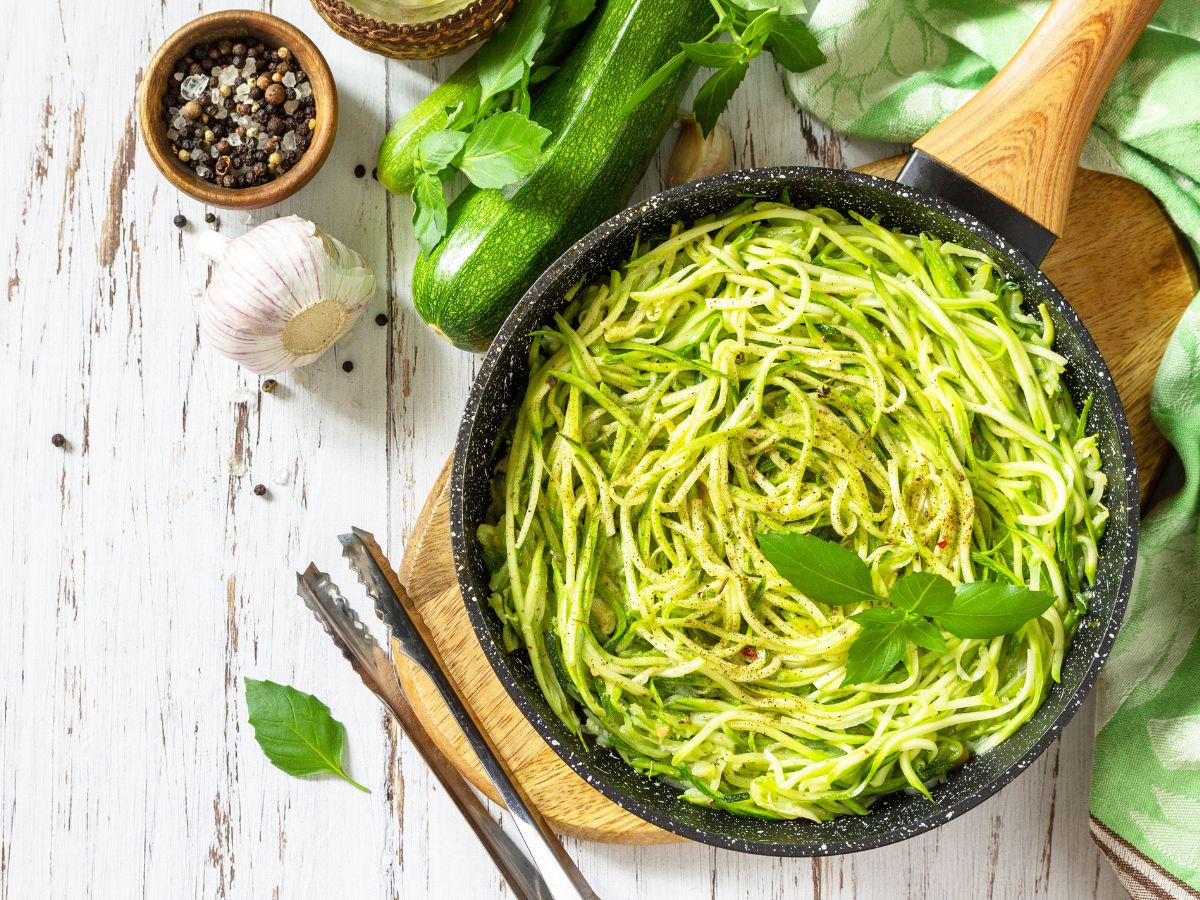
Zucchini Noodles
Zucchini noodles, also known as zoodles, are the most popular veggie noodles. They are easy to make, low in calories, and have a mild flavor, making them an excellent substitute for traditional pasta. You only need a spiralizer or a vegetable peeler to make zucchini noodles. Once you have your zoodles, you can cook them in various ways, such as by sautéing, boiling, or baking.
“Making spiralized noodles out of veggies is incredibly easy to do! Zucchini is the most common you’ll see and one of the easiest. They are a great low-carb noodle substitute if you’re trying to reduce your carbohydrate intake or go gluten-free.”
— Lara Clevenger, Lara Clevenger
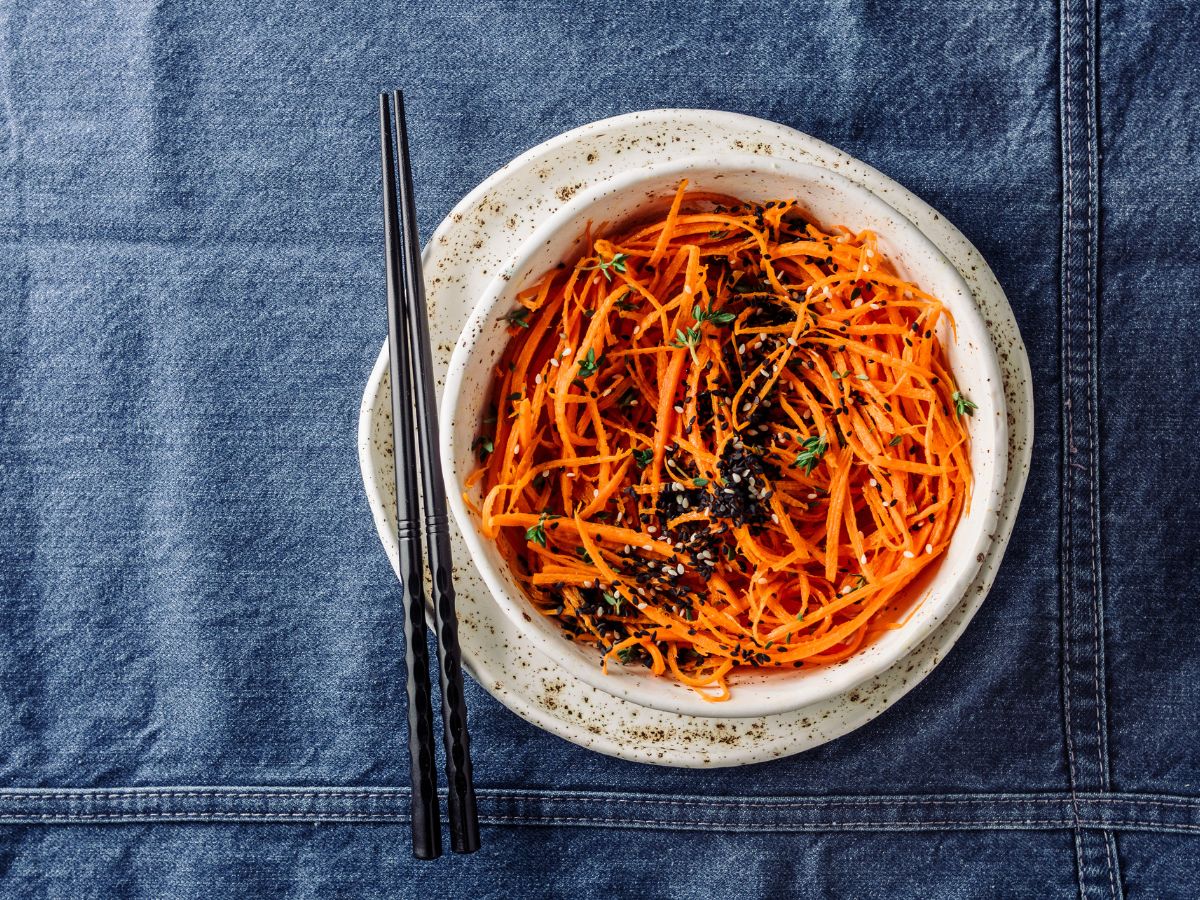
Carrot Noodles
Carrots are another great vegetable to turn into noodles. Carrot noodles have a slightly sweet flavor that pairs well with many different sauces and seasonings. You can prepare them in various ways, such as by sautéing, boiling, or roasting. Like zucchini noodles, you can make carrot noodles with a spiralizer or a vegetable peeler.
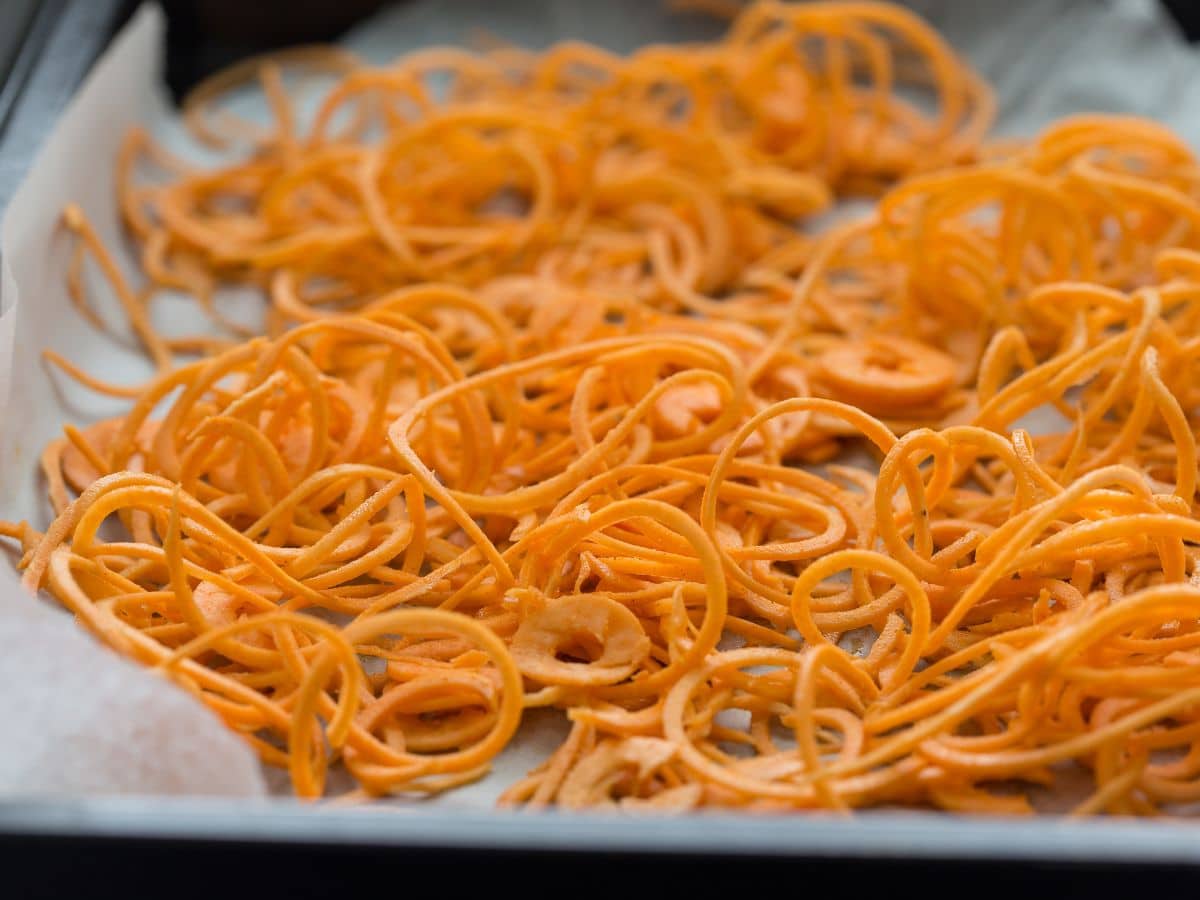
Sweet Potato Noodles
If you’re looking for a heartier veggie noodle, sweet potato noodles, also known as swoodles, are a great option. They have a slightly sweet flavor that works well in both sweet and savory dishes.
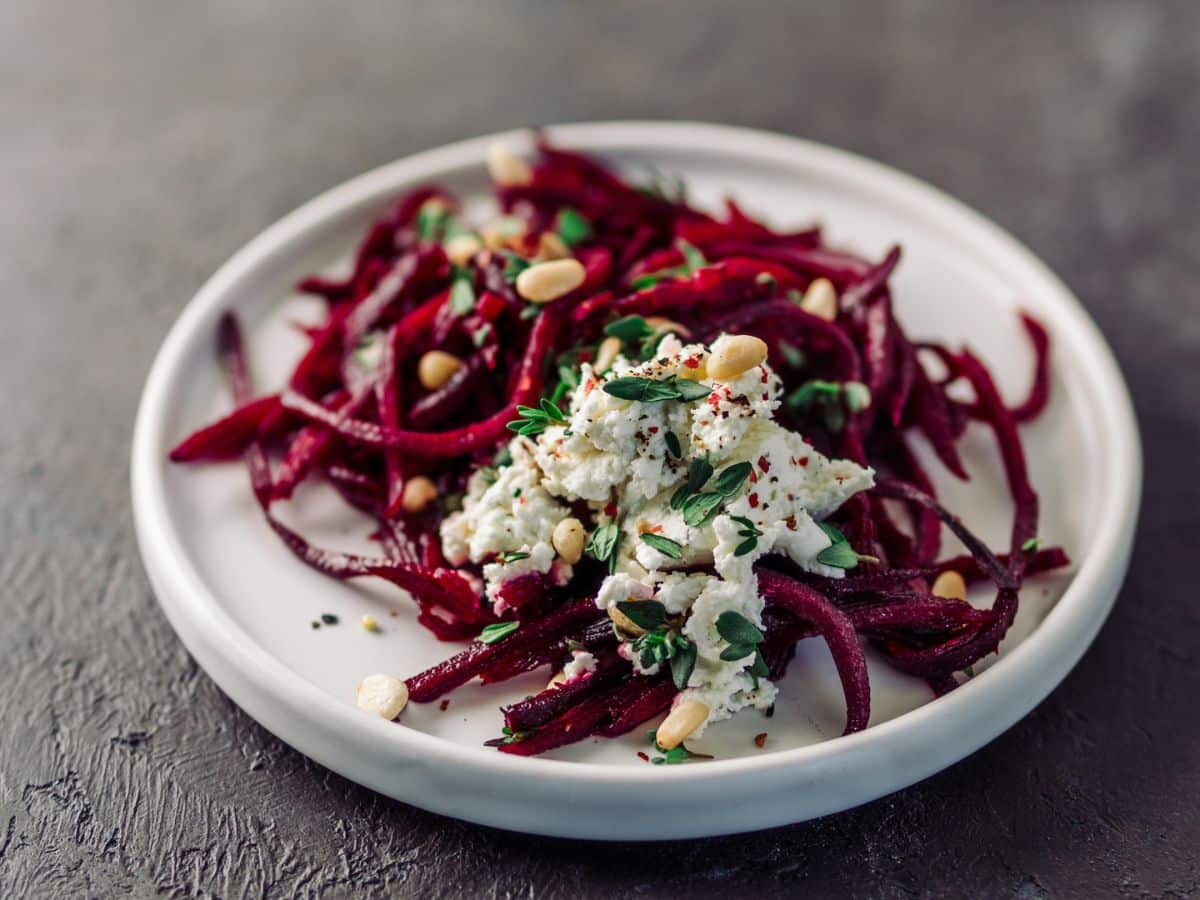
Beet Noodles
Beet noodles are a colorful and flavorful option for veggie noodles. They have a slightly earthy flavor and a beautiful, vibrant color. They work well in salads or as a base for bowls.
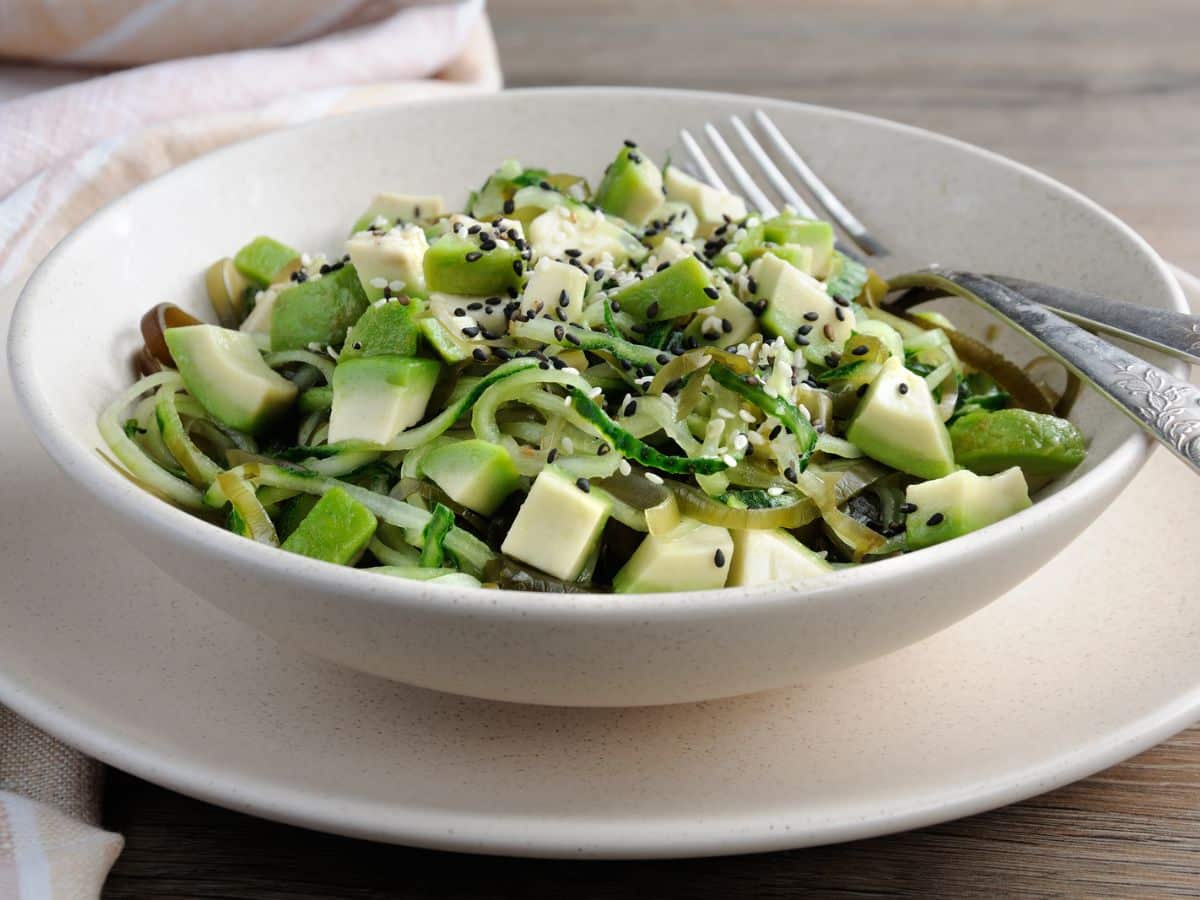
Cucumber Noodles
Cucumber noodles are a refreshing and light option for veggie noodles. They have a mild flavor and are high in water content, making them an excellent choice for salads or cold noodle dishes. You can eat them raw or lightly sautéed. To make cucumber noodles, all you need is a vegetable peeler. Thicker slices are great for Naruto or cucumber sushi rolls.
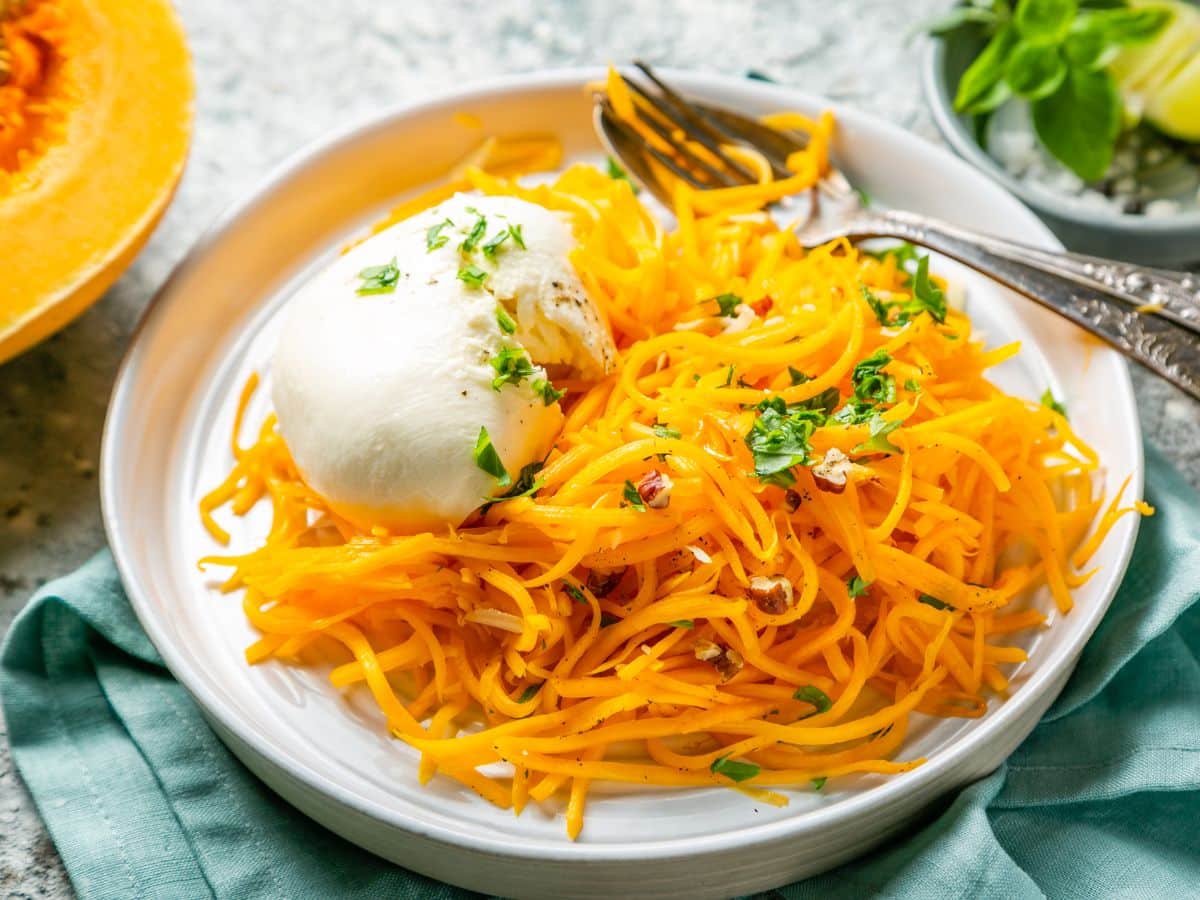
Squash Noodles
Butternut squash noodles have a sweet, nutty flavor and a slightly softer texture than zucchini noodles. You can easily spiralize squash varieties like acorn, delicata, or spaghetti squash into long, thin noodles that work well in dishes.
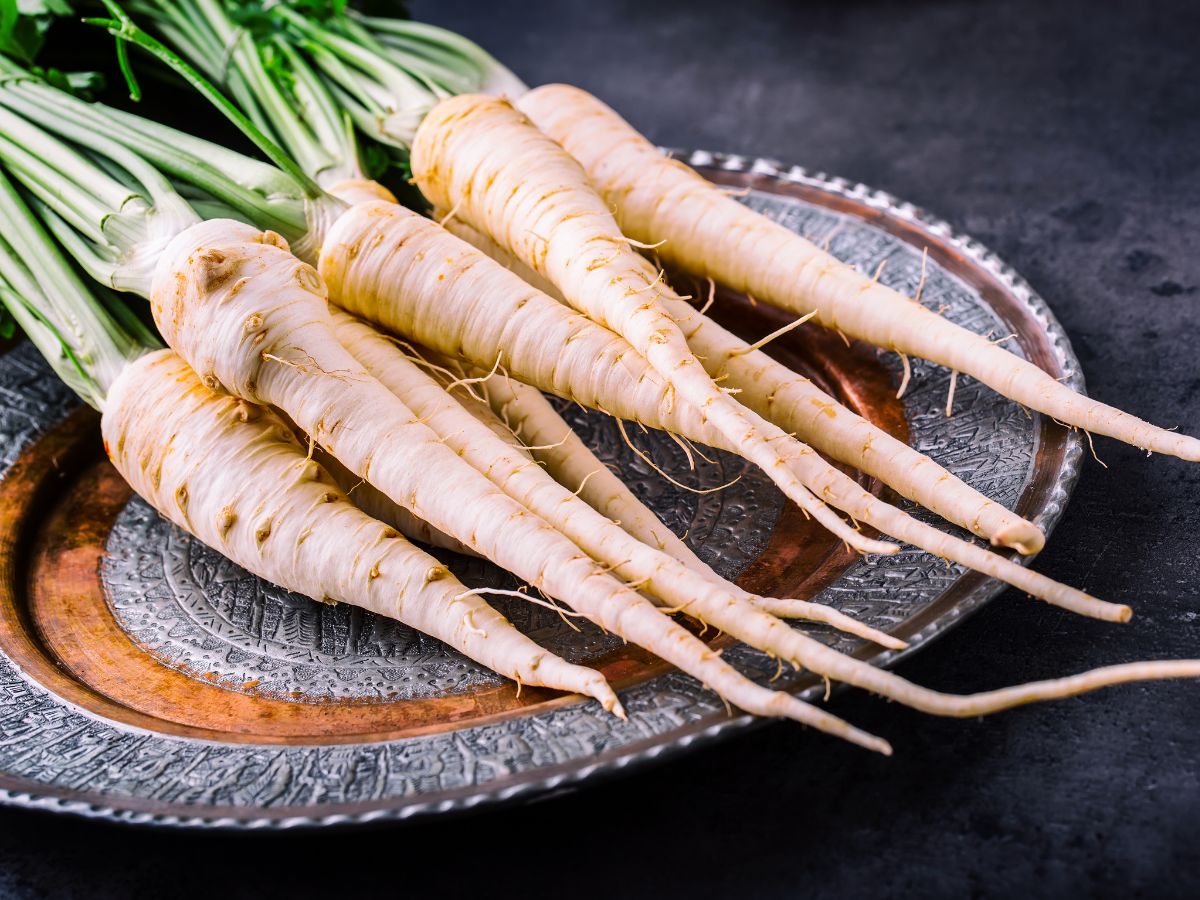
Parsnip Noodles
Parsnip noodles have a slightly sweet, nutty flavor and a soft, noodle-like texture. When spiralized, they work well in fall and winter dishes.
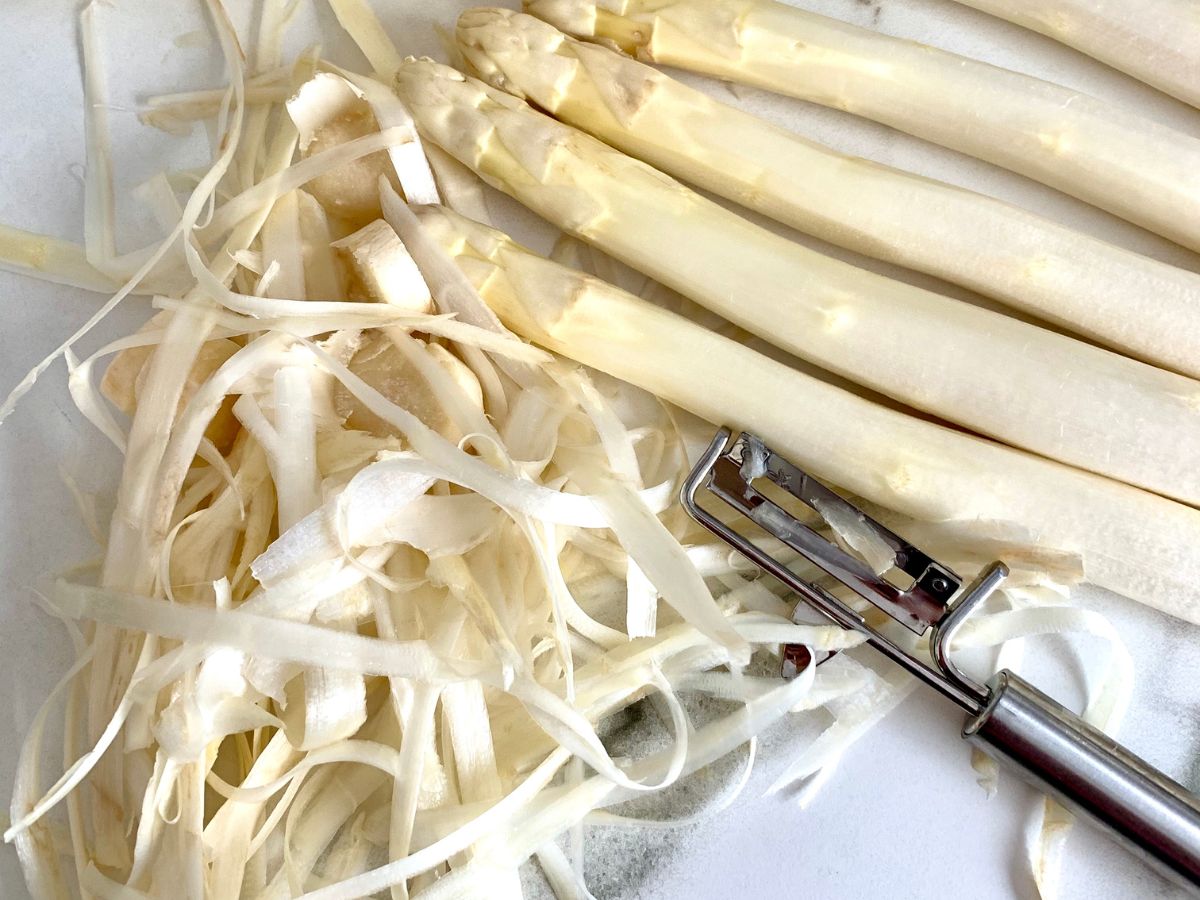
Asparagus Noodles
White asparagus is a popular ingredient you can enjoy to make delicious and nutritious noodles. Unlike green asparagus, white asparagus is much thicker, with a milder flavor and a more delicate texture. When used to make noodles, white asparagus adds a subtle sweetness and a creamy, slightly nutty flavor to the dish. You’ll need to cook asparagus noodles for at least 10 minutes to soften them, but then you can use them to make asparagus tagliatelle or another mouthwatering dish.
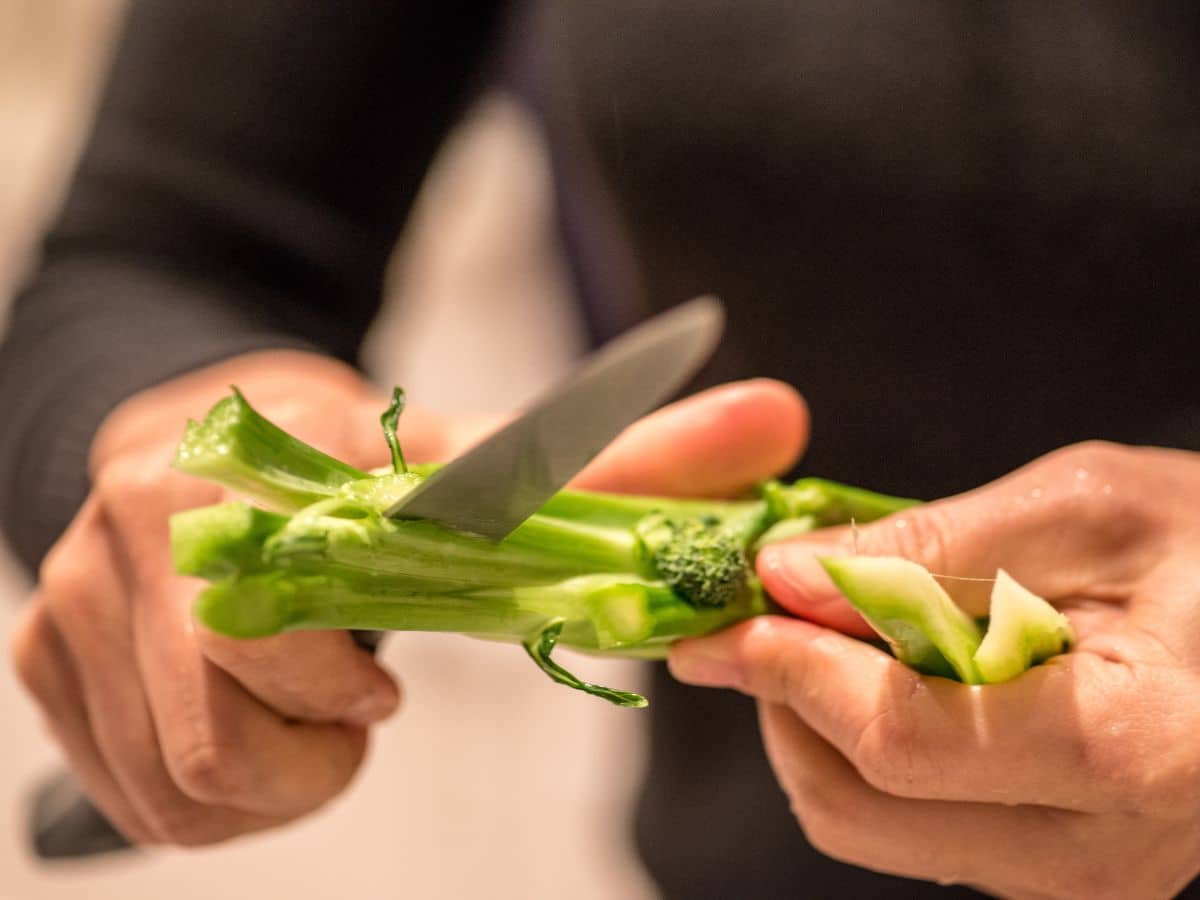
Broccoli Noodles
While most people are familiar with using broccoli florets in their cooking, you can also turn stems into long, thin noodles. They work well in stir-fries or as a base for cold noodle salads.
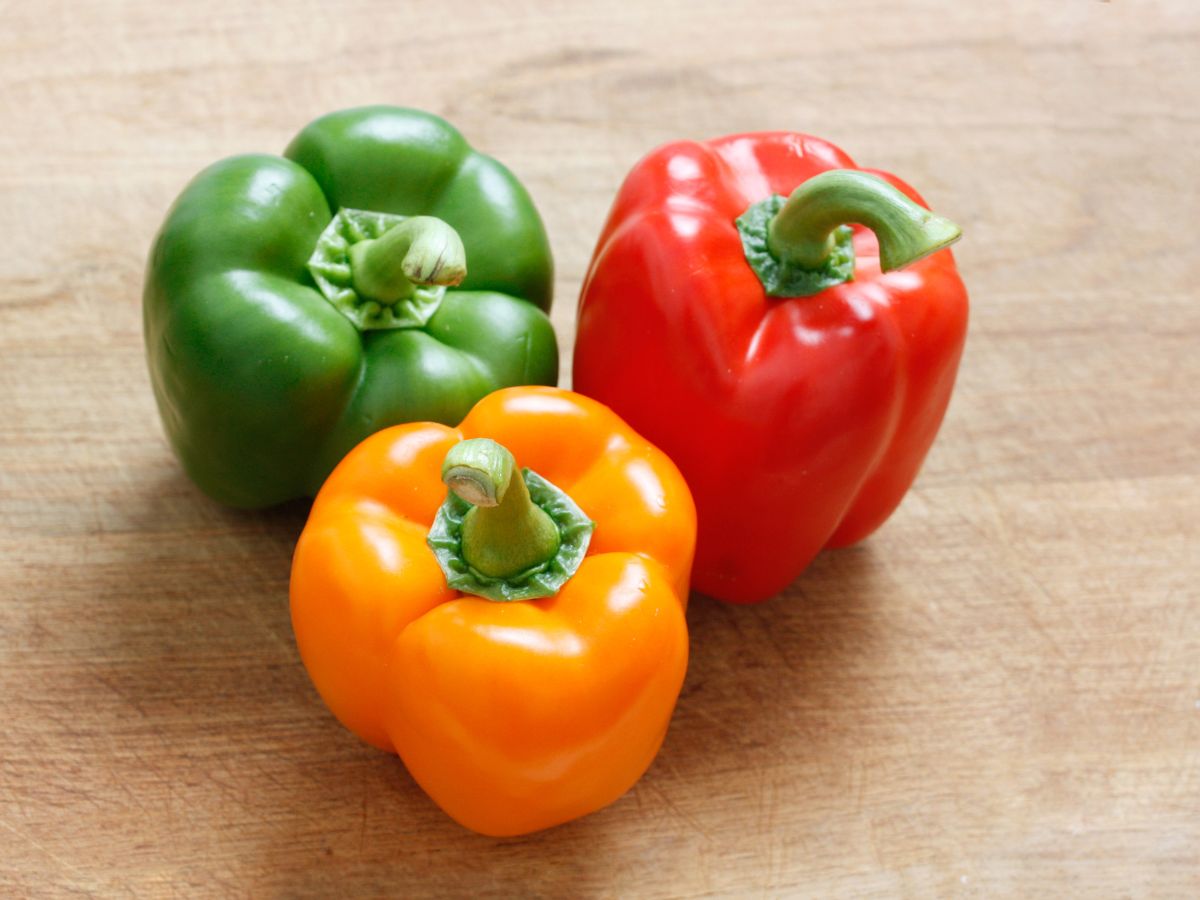
Bell Pepper Noodles
Bell peppers are colorful and nutritious vegetables you can slice into thin, curly noodles. They add a sweet and crunchy texture to dishes and work well in stir-fries or as a colorful garnish for salads.
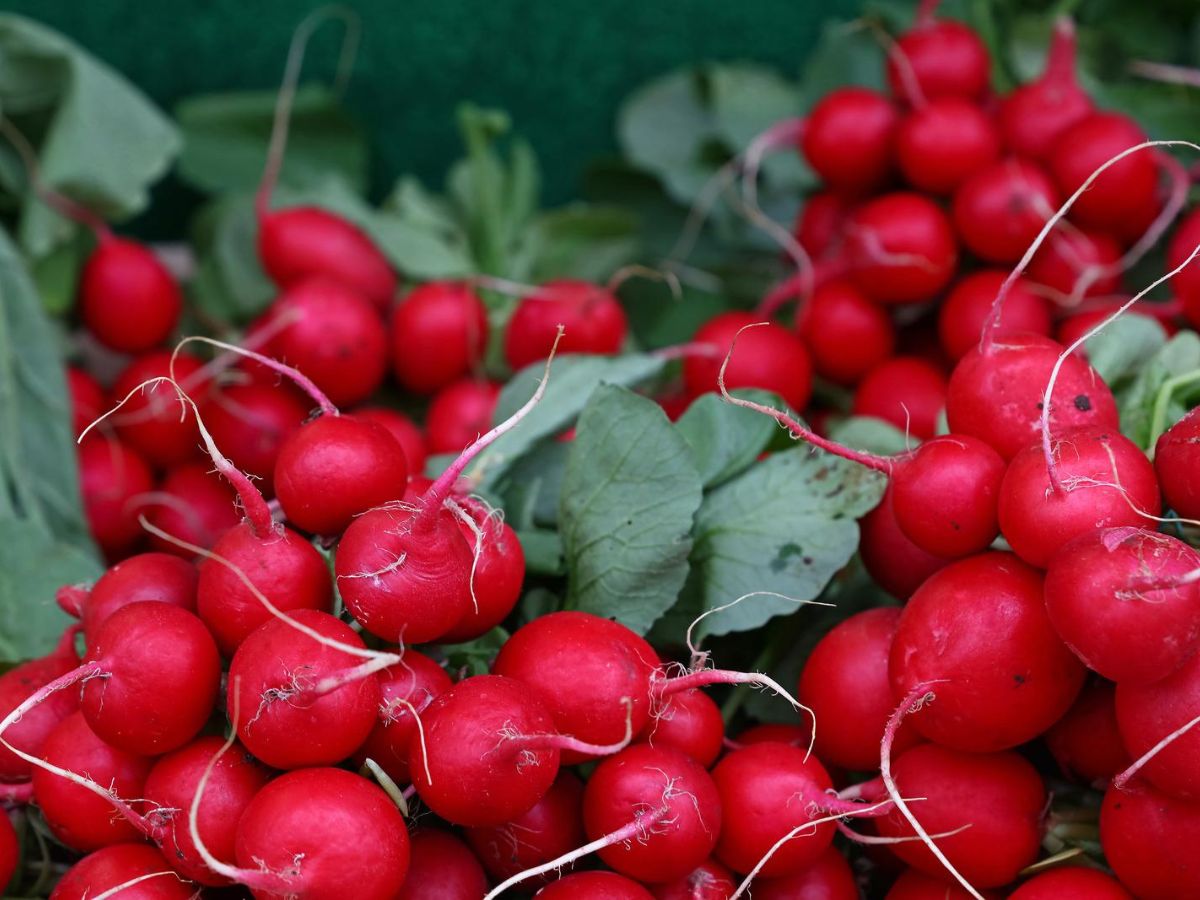
Radish Noodles
If you want to add a little spice and texture to a dish, you can quickly turn radishes into thin, curly noodles. They work well in salads or as a garnish for tacos and sandwiches.
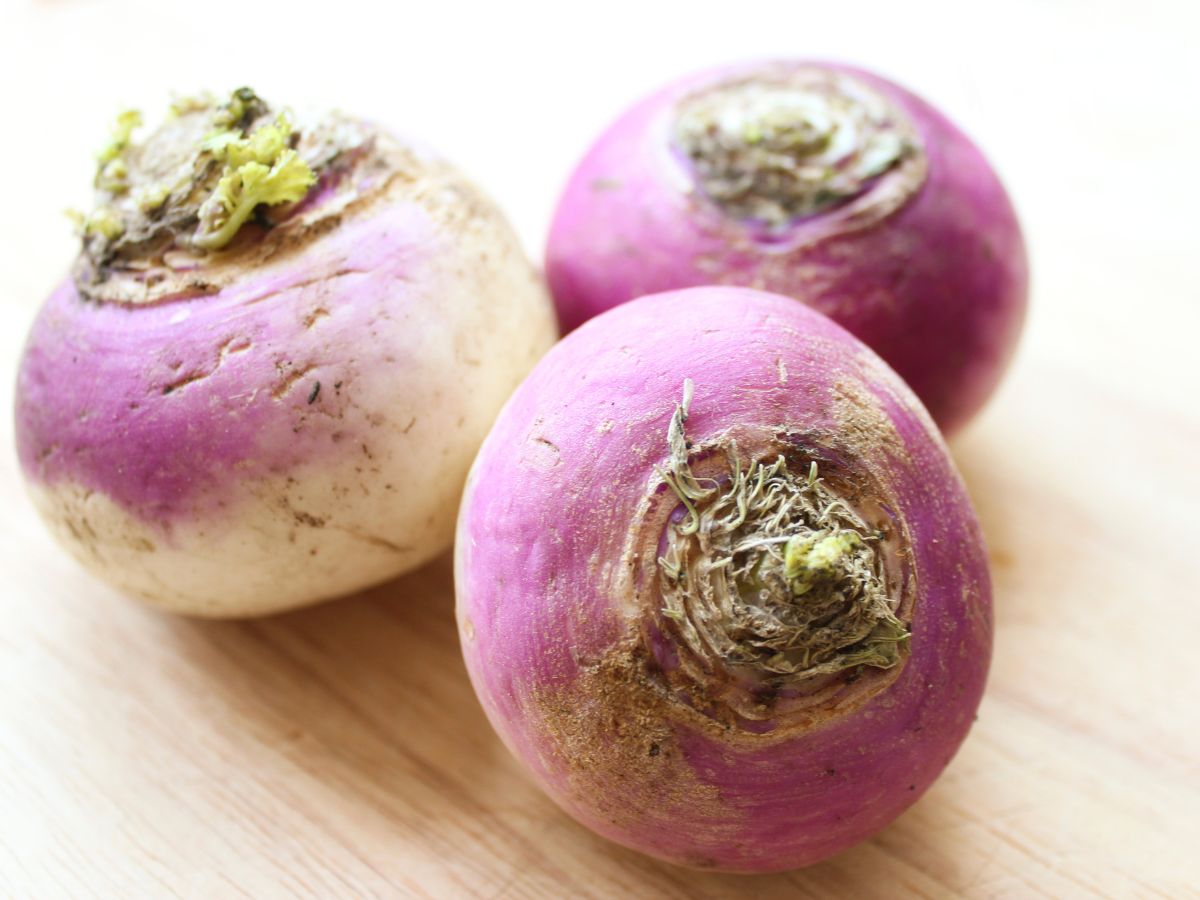
Turnip Noodles
Turnips are a root vegetable with a slightly sweet and earthy flavor. Turnip noodles are great as a base for cold noodle salads.
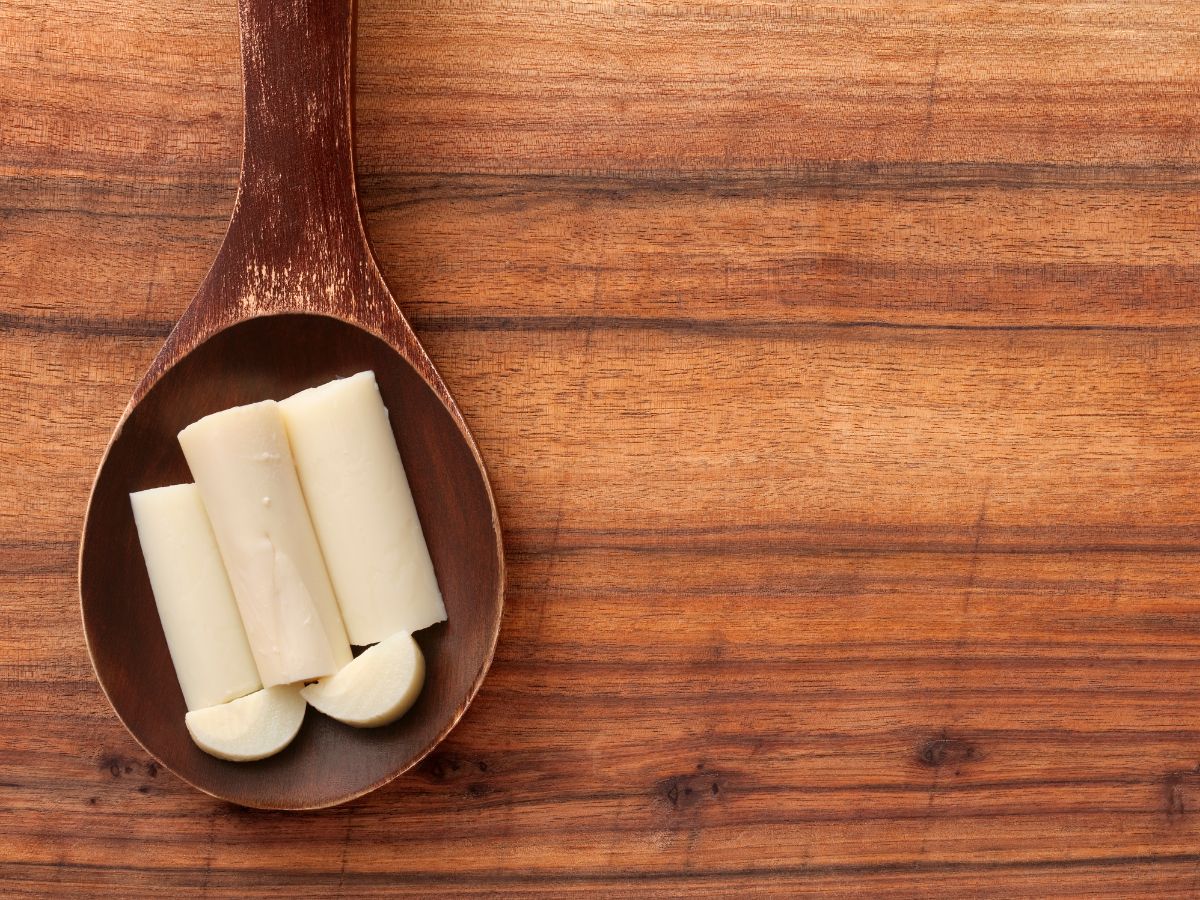
Palmini Noodles
Palmini noodles are pasta made from hearts of palm, a vegetable harvested from the inner core of certain palm trees. They have a slightly crunchy texture and a mild, neutral flavor that can be enhanced by adding sauces, seasonings, or other ingredients. They are a low-carb, gluten-free alternative to traditional pasta and great as keto baked pasta.
Overall, vegetable noodles are a fun and nutritious alternative to traditional pasta noodles. Experimenting with different vegetables can help add variety to your diet while providing essential vitamins and minerals.
Storing Veggie Noodles
Storing veggie noodles is easy. You can keep them in an airtight container in the refrigerator for three to four days. If you want to store them longer, you can freeze them in a single layer on a baking sheet and then transfer them to a freezer-safe container. To reheat, sauté them in a pan with oil or butter until heated.
Veggie noodles are a fun and creative way to enjoy your favorite noodle dishes while getting more veggies. The possibilities for delicious and healthy meals are endless with so many different vegetables and various ways to prepare them.
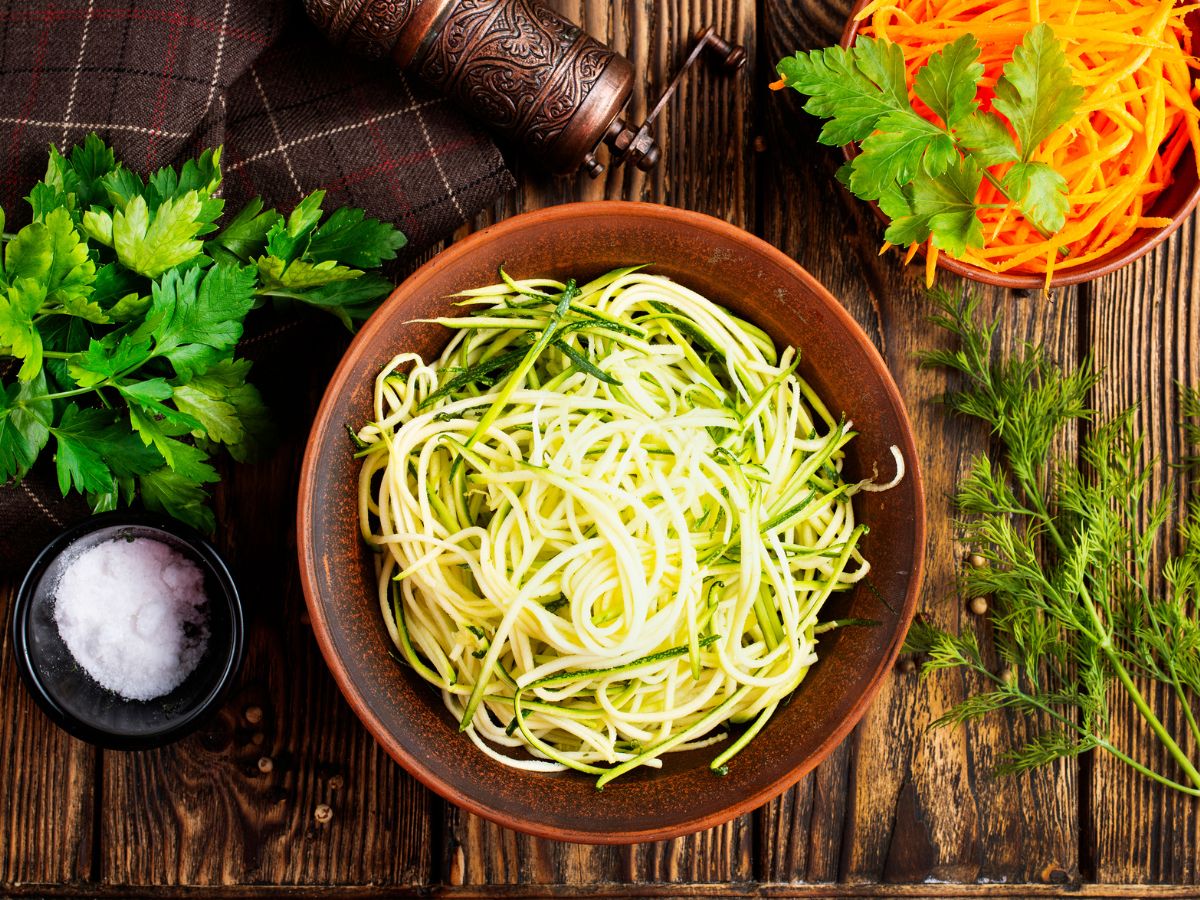
Frequently Asked Questions About Veggie Noodles
Here are additional questions home chefs commonly ask about veggie noodles.
Are veggie noodles gluten free?
Absolutely! Veggie noodles are naturally gluten-free, making them a fantastic option for those with gluten sensitivities or celiac disease. Just make sure any sauces or seasonings you use are also gluten-free.
Are veggie noodles healthy?
Yes! Veggie noodles are low in calories and carbs but high in nutrients and fiber. They’re like the superheroes of the pasta world, swooping in to save the day (and your diet).
Are veggie noodles keto?
Yep! Most vegetables used for making veggie noodles are low in carbs, making them a perfect fit for a keto diet. Just be mindful of the veggies you choose because some are lower in carbs than others.
Have You Made Veggie Noodles?
What vegetables did you use to make your veggie noodles? How did you turn your vegetables into noodles? Any additional tips and tricks to pass along? Share your experiences in the comments section below.
Portions of this article originally appeared on Food Drink Life.
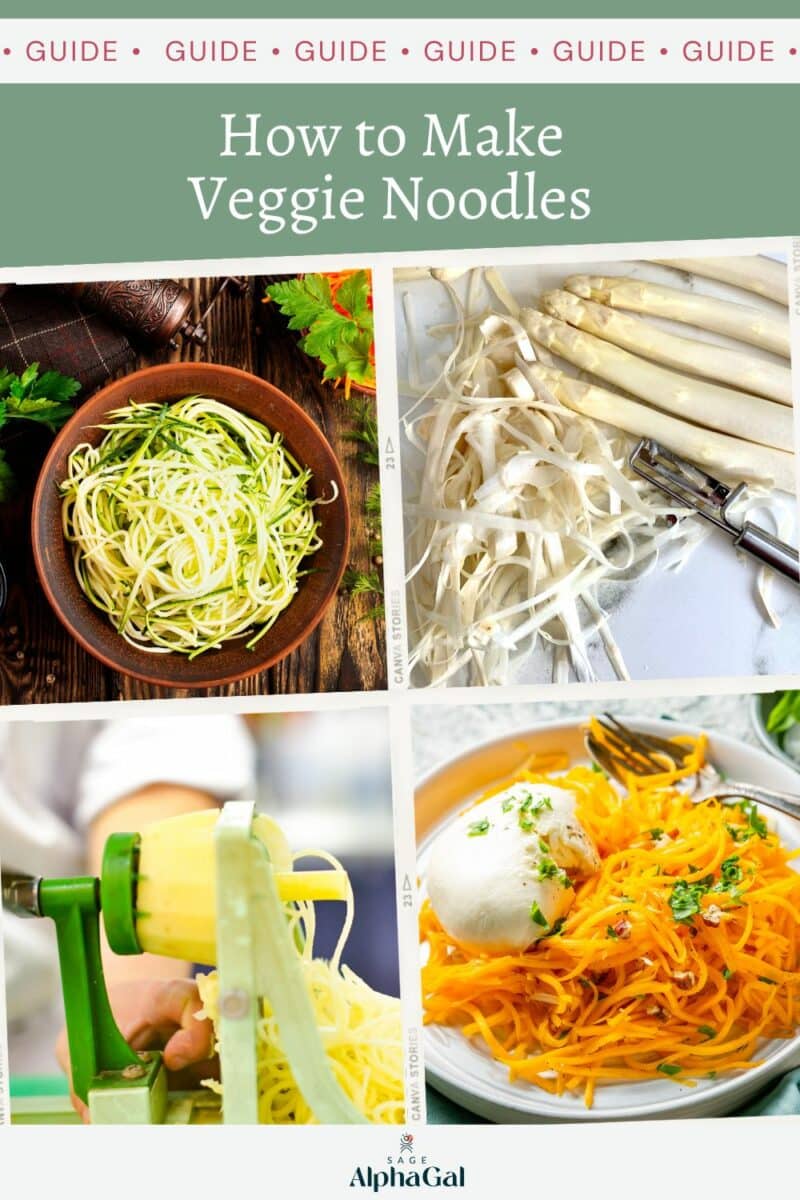
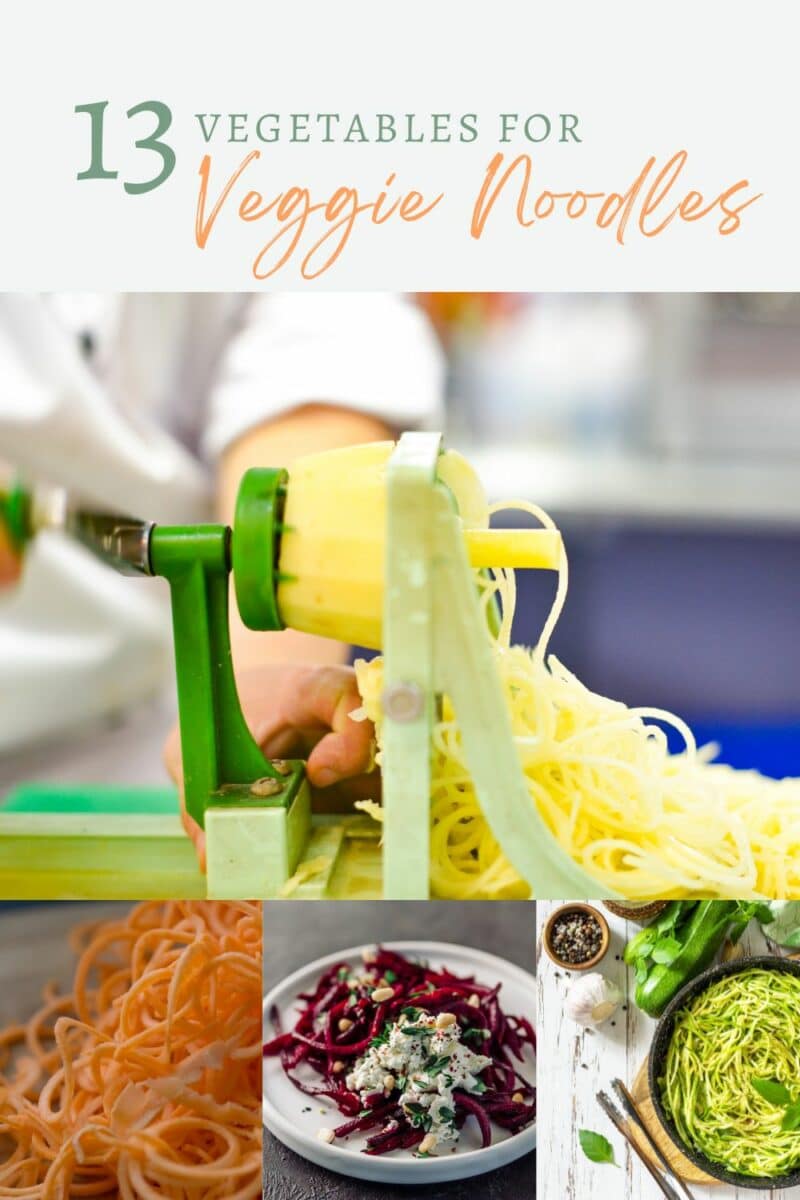

Thank you for sharing!
